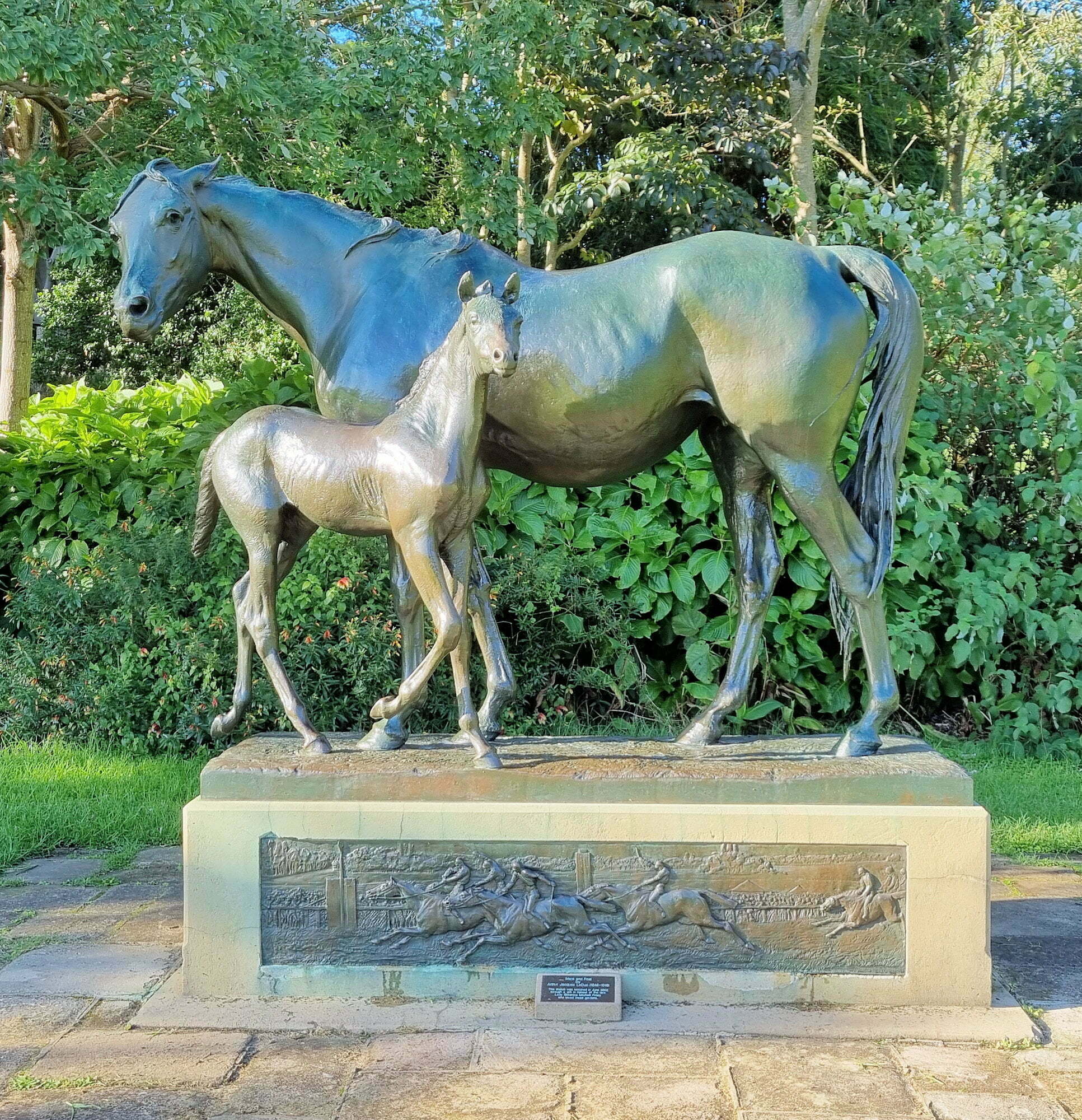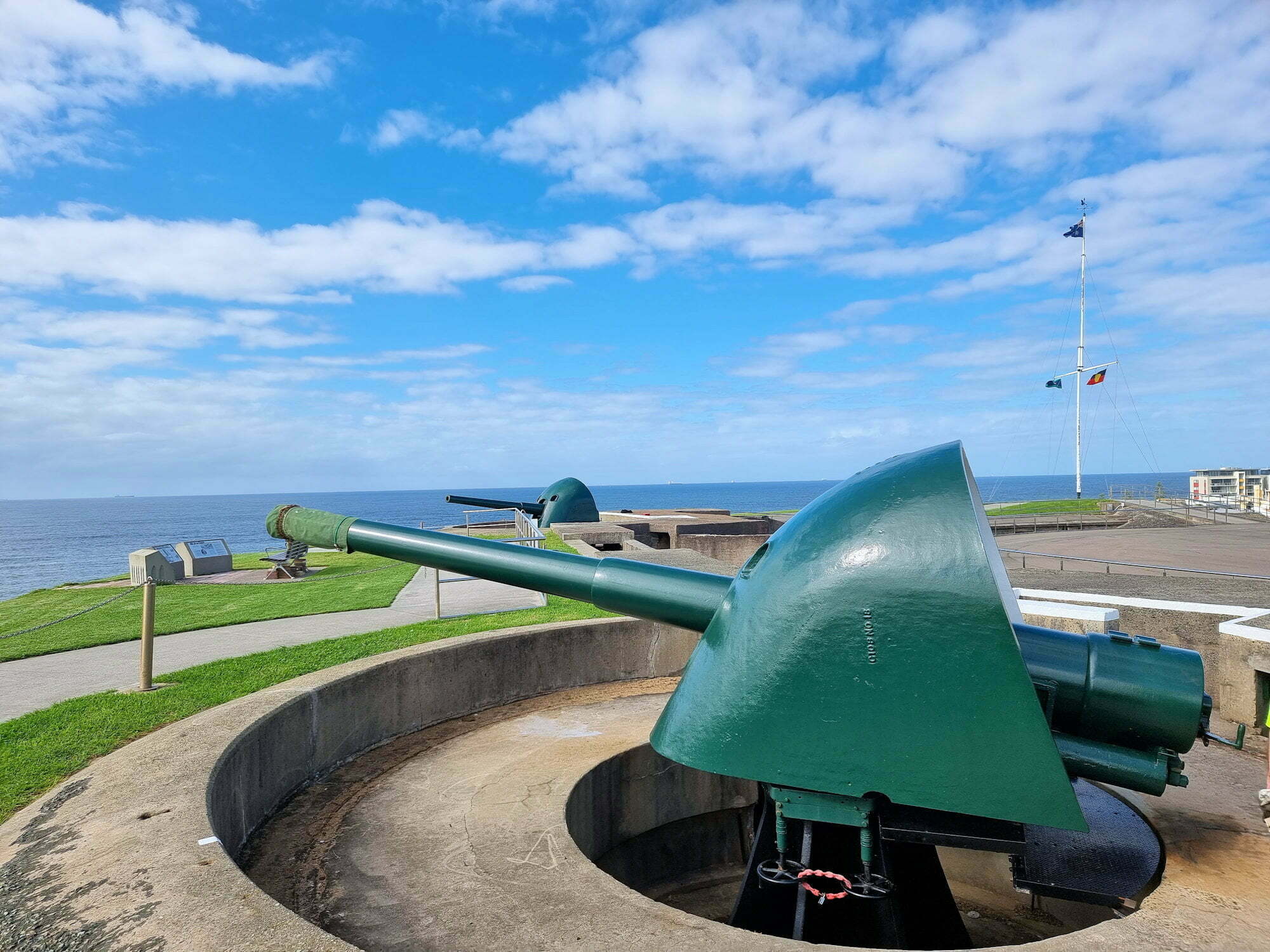Category: Military Memorial
-
Statues Royal Botanic Garden Sydney

Statues of the Royal Botanic Garden Sydney Besides plants and trees, the Royal Botanic Garden in Sydney contains many varied and interesting statues. Many are from the early days of the garden when statues formed a major part of its display. Unfortunately removed in large numbers as the gardens developed, many still remain adding to… Read more
-
Fort Scratchley Newcastle

Fort Scratchley Newcastle No longer used by the military, Fort Scratchley is now a memorial to the servicemen and women who served there. During World War Two, the Japanese submarine I-21 attempted to shell Newcastle and the BHP Steel Works. Fortunately most of the shells missed or failed to explode with no-one hurt and only… Read more
